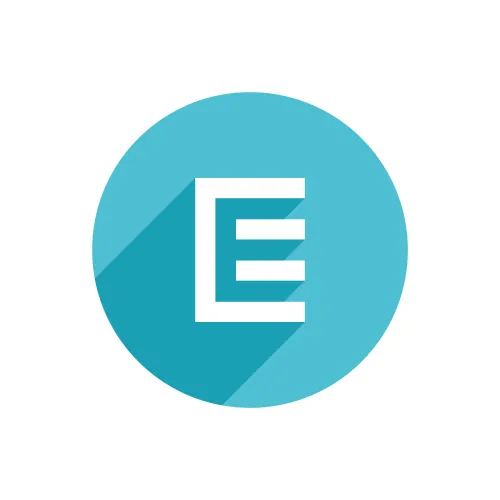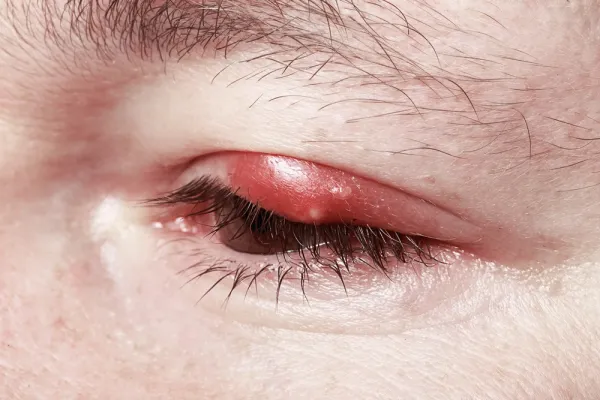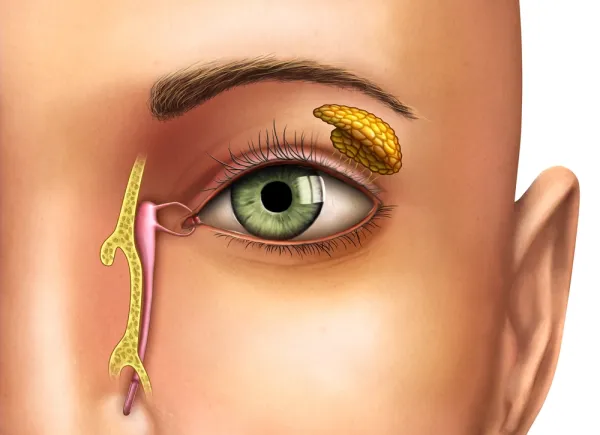Use Eyelid Modifiers (-E1, -E2, -E3, -E4) for Three Procedures

Reviewed on May 18, 2015 Coders are often confused about when to use the eyelid modifiers: -E1 for upper left, -E2 for lower left, -E3 for upper right, and -E4 for lower right. Three common ophthalmological procedures require the eyelid modifiers: epilation (67820-67835), punctal plug procedures (68760-68761), and chalazion excisions (67800-67805). In addition, 67810* (Biopsy of eyelid), 67840* (Excision of lesion of eyelid [except chalazion] without closure or with simple direct closure) and 67850* (Destruction of lesion of lid margin [up to 1 cm]) may be performed on different lids. Use the E modifiers when a procedure can be performed on any one of the four eyelids. If the definition of a procedure code specifies that it is only performed on the lower eyelids (e.g., 15820 [Blepharoplasty, lower eyelid]), use modifier -50 (Bilateral procedure) to indicate that both lower eyelids were operated on. Epilation Rules Vary Carriers have varying requirements for epilation. If your carrier pays by the eye as CPT dictates code with the body-side >modifiers. If your carrier pays by the lid, use the lid modifiers. Charge for Punctal Plug Supply CPT Code 68761 (Closure of the lacrimal punctum; by plug, each) is used per lid. However, Medicare does not reimburse the supply code for this procedure (A4263, Permanent, long-term, nondissolvable lacrimal duct implant, each). Nonetheless, you may still bill private payers for punctal plugs unless your LMRP states otherwise. Report A4263 or 99070 (Supplies and materials [except spectacles], provided by the physician over and above those usually included with the office visit or other services rendered [list drugs, trays, supplies, or materials provided]) for each plug inserted, using the units field in your billing system. Because 99070 is nonspecific, you should include the invoice for the supplies or materials. Ophthalmologists can even bill for temporary plugs (A4262, Temporary, absorbable lacrimal duct implant, each) by invoice to private payers. Use Codes for Multiple Chalazions The code descriptions for multiple chalazions include various lesion and lid combinations: 67800 for excision of a single chalazion, 67801 for excision of multiple chalazions on the same lid, and 67805 for excision of multiple chalazions on different lids. For example, excising three chalazions from the right upper lid and one from the left upper lid would be coded as 67805-E3 and 67800-E1. Lesion Removal Is Straightforward The eyelid lesion removal code, 67840* (Excision of lesion of eyelid [except chalazion] without closure or with simple direct closure), and other lesion removal codes, 11440 (Excision, other benign lesion including margins, except skin tag (unless listed elsewhere), face, ears, eyelids, nose, lips, mucous membrane; excised diameter 0.5 cm or less), 11441 (0.6 to 1.0 cm), 11442 (1.1 to 2.0 cm), 11443 (2.1 to 3.0 cm), 11444 (3.1 to 4.0 cm), and 11446 (over 4.0 cm), should be appended with the eyelid modifiers. Entropion/Ectropion Versus Blepharoplasty The blepharoplasty codes (15820-15823) are eyelid-specific. The entropion and ectropion repair codes (67914-67924) are not specific. Medicare considers blepharoplasty, which is often performed to remove unattractive"" bags from under a patient's eye, to be cosmetic surgery. Many ophthalmologists perform cosmetic blepharoplasty at the patient's request if the patient agrees to pay for the procedure. However, some carriers allow billing 15820-15823 for medical reasons, such as if the excessive skin tissue is weighing down the upper eyelid and blocking vision. The codes for ectropion repair are 67914 (Repair of ectropion; suture), 67915 (... thermocauterization), 67916 (... excision tarsal wedge), and 67917 (... extensive [e.g., Kuhnt-Szymanowski or tarsal strip operations]). The codes for entropion repair are 67921 (Repair of entropion; suture), 67922 (... thermo-cauterization), 67923 (... excision tarsal wedge), and 67924 (... extensive). The entropion and ectropion repair codes, unlike the blepharoplasty codes, are not eyelid-specific. Append the appropriate eyelid modifier to the code. For example, repair of an entropion on the upper right lid using tarsal wedge excision would be billed 67923-E3. Repair of an entropion on the lower right lid with tarsal wedge excision would be billed 67923-E4. Repair of an ectropion on the lower left lid using suture would be 67914-E2. With blepharoplasty, however, bill using the -LT and -RT modifiers. For some Medicare carriers, if bilateral, bill modifier -50 on one line.
For example, if your carrier has a local medical review policy (LMRP) that allows billing by the eye and you remove a lash on each eye, code epilation of a lash on either the upper or lower left lid (67820-LT), and code a lash on either the upper or lower right lid (67820-RT). If your carrier pays by the lid and you remove a lash on the upper left and lower right lids, report 67820-E1 and 67820-E4.
Temporary plugs last four to six weeks in the average patient, but permanent plugs can stay in place indefinitely. If the carrier does not recognize the unit field properly for payment, code the supply by the lid as well. You may need to list each plug inserted on a line item with the appropriate E modifier.
Entropion/ectropion repair is similar to blepharoplasty. For repair of entropion (inward turning of upper or lower lid) or ectropion (outward turning of upper or lower lid), use the eyelid repair codes (67914-67924). With entropion, the lower lid droops so much that it turns away from the eyeball. This condition can damage the eye, so surgical repair is medically necessary.
Compare the blepharoplasty codes: 15820 (Blepharo-plasty, lower eyelid), 15821 (... with extensive herniated fat pad), 15822 (Blepharoplasty, upper eyelid), and 15823 (... with excessive skin weighting down lid). These codes specify which lid, upper or lower, the procedure is for.
Some Medicare carriers require the eyelid modifiers for any eyelid section. In fact, you should use codes with the eyelid modifiers just for information so you will have a record in case a subsequent lid is treated in the future. All of these codes are major surgery with 90 days of postoperative care included.




